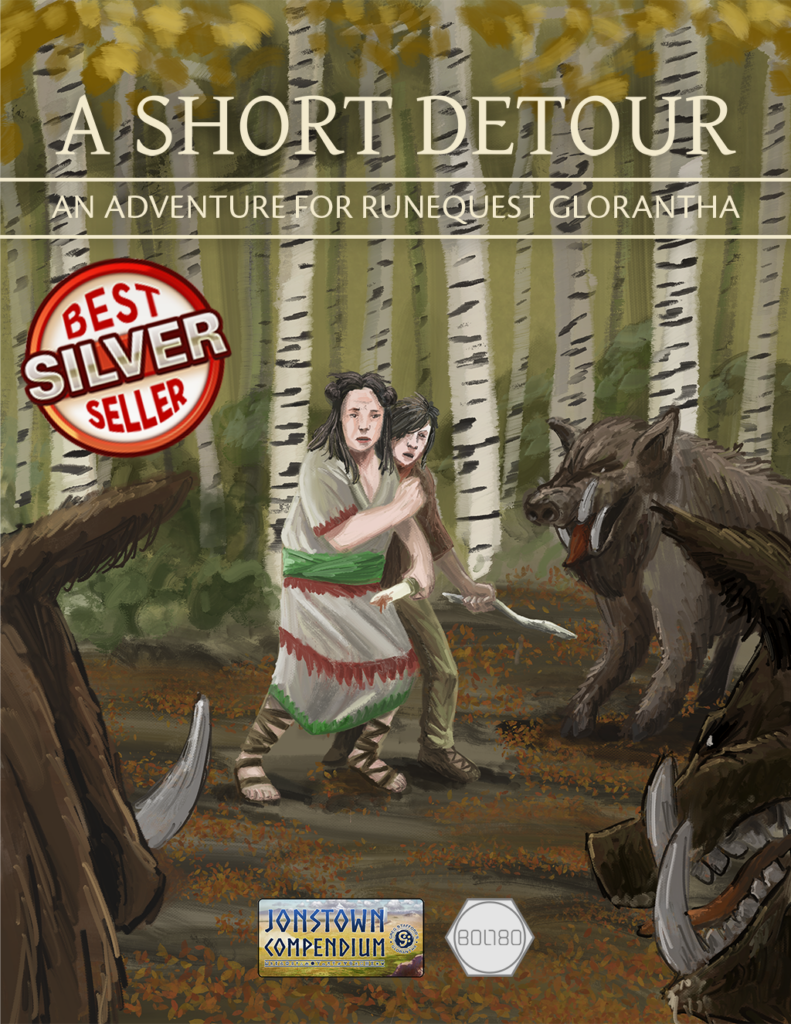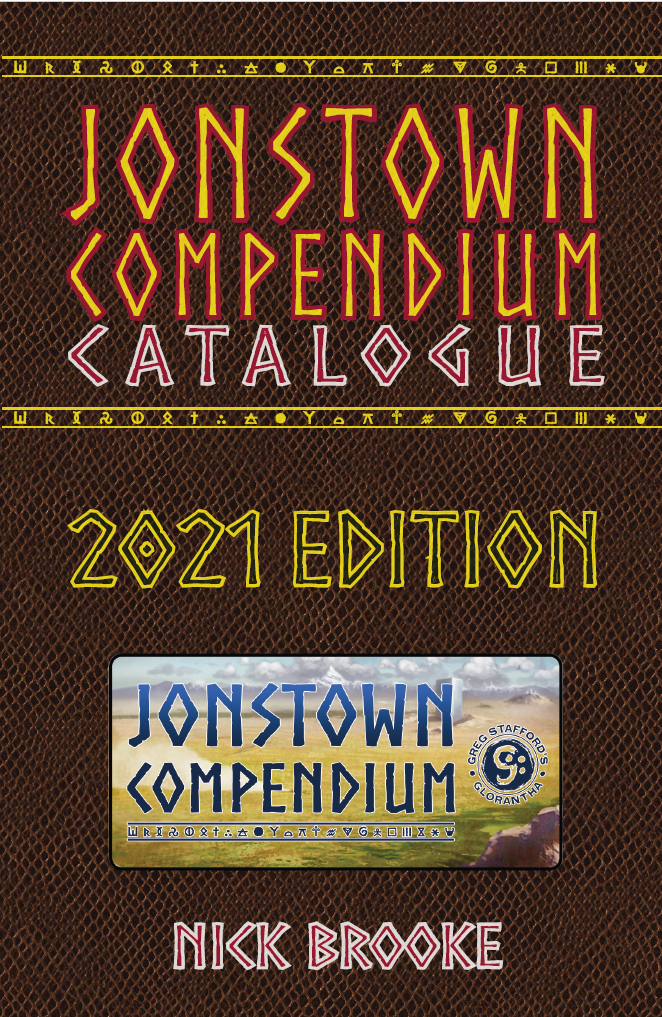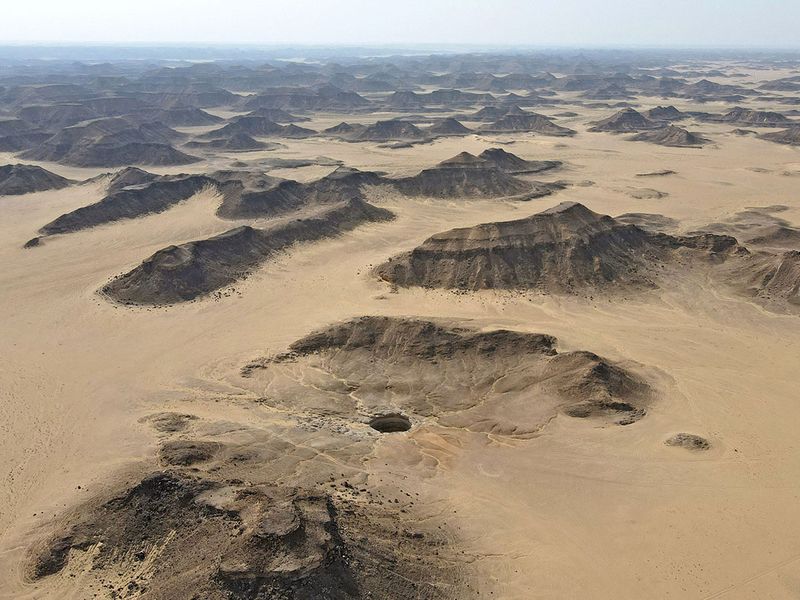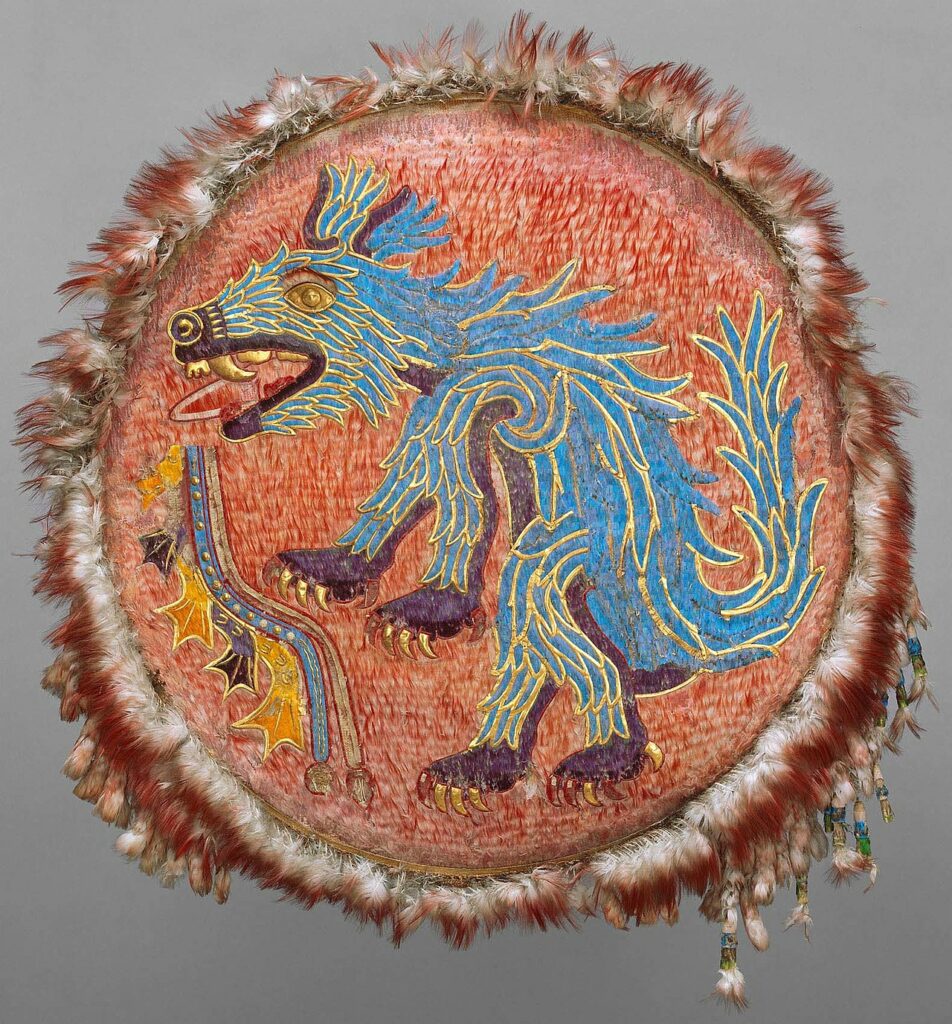Welcome to a new issue of the Journal of Runic Studies, the premier Malkioni publication for studies into the nature of Glorantha. If you haven’t subscribed yet, please consult with the spirit bound to the appropriate electronic page.
I actually added a warning message on the aforementioned page for those wishing to subscribe by email: it looks like, sadly, ad-blockers prevent Mailchimp for correctly registering you.
God Learner Sorcery
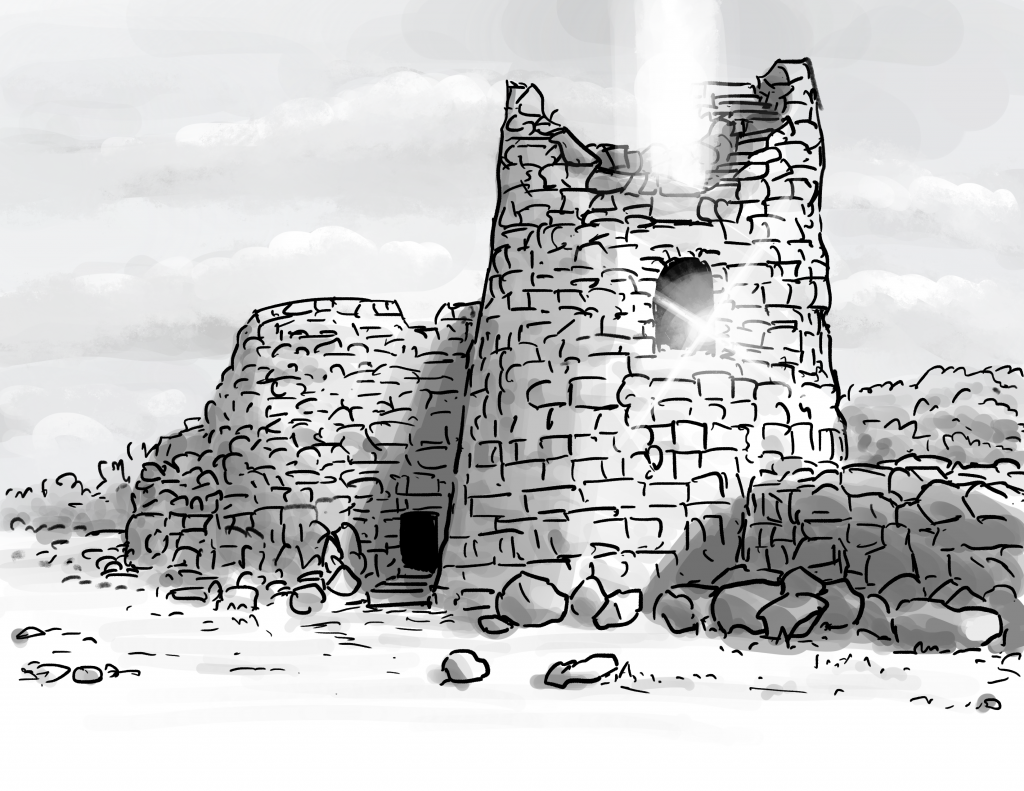
Here is what us God Learners were up to this week.
Initiation Series Episode 9: Scott, Grognard Jokes, Too Much Lore, and Letting Players Fill in the Blanks
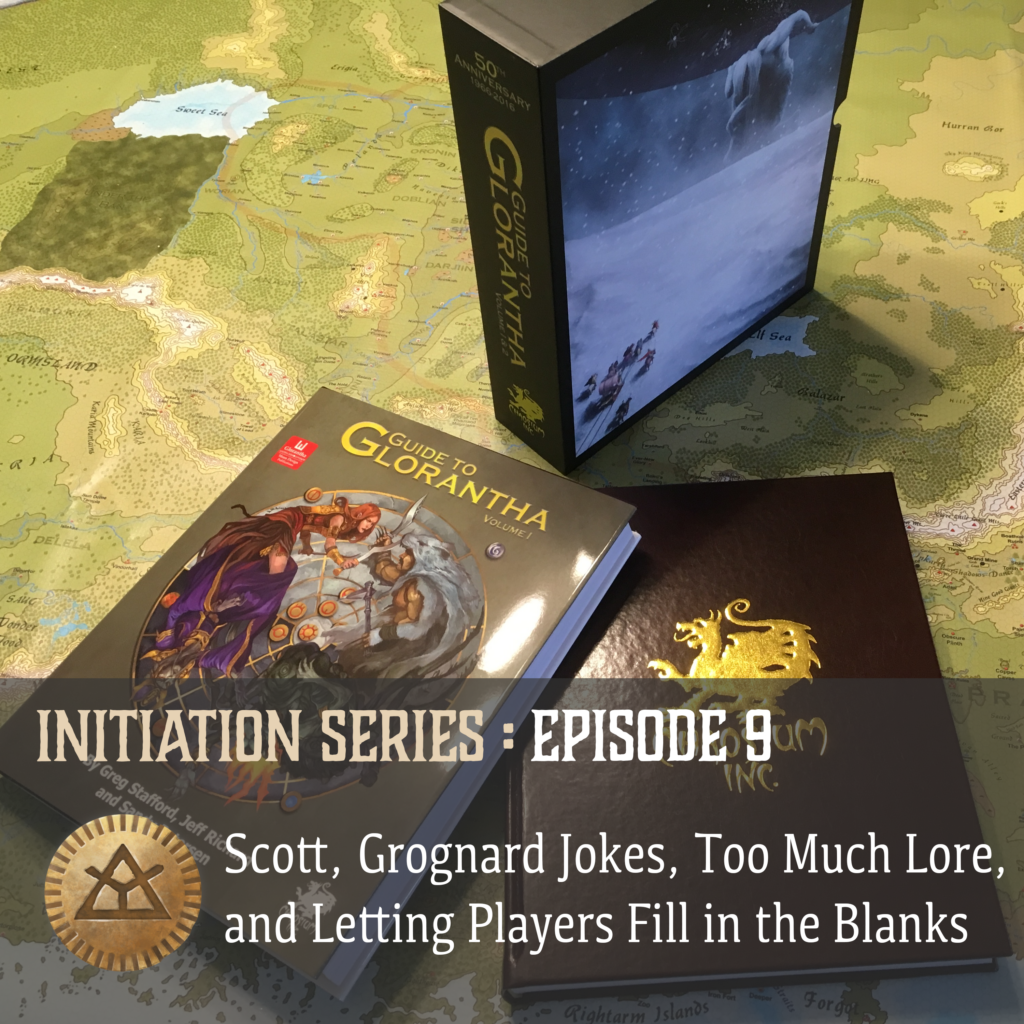
We talk to another Scott this month for our Initiation Series. This one was recorded back in November 2021, which is why we still mention the very imminent release of the RuneQuest Starter Set. The Scott we talk to is one of the hosts of the Titterpigs podcast, and host of the Unprofessional Unboxing channel on YouTube!
Some Glorantha Fanzines
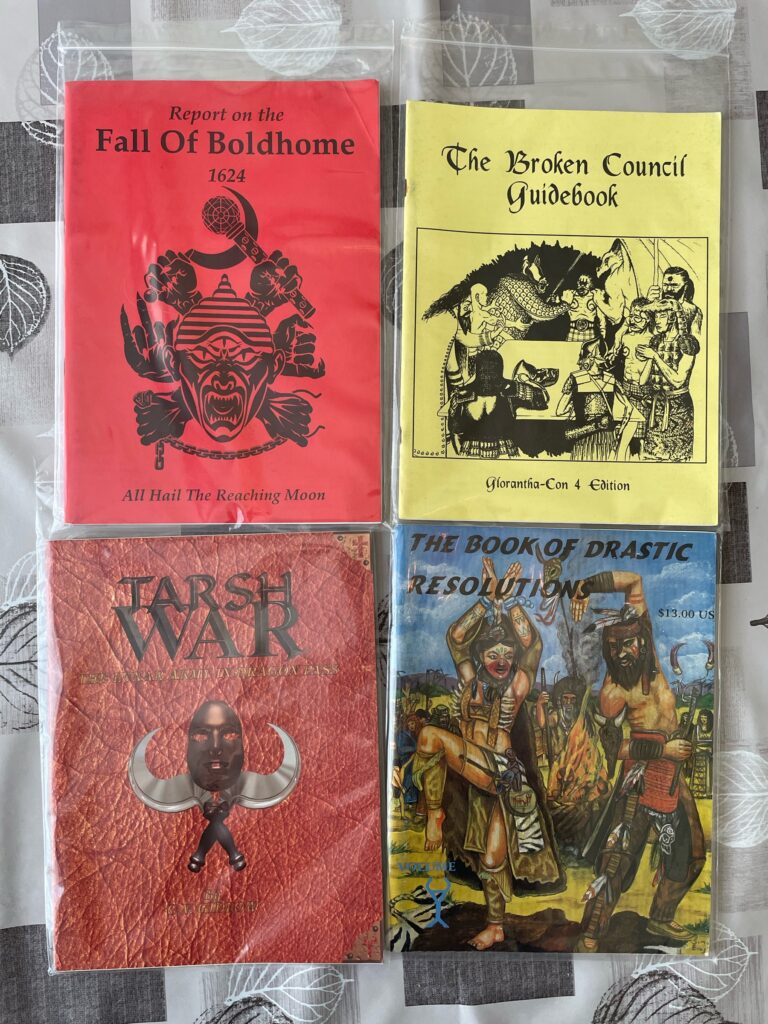
I managed to grab four old Gloranthan fanzines from the second-hand market… only they’re not all fanzines, and in fact most of them are freeform game reports. David and Joerg gave me some short background on each of them!
Chaosium News

Here are this week’s Chaosium news!
Running Side-Quests
RuneQuest line editor (among other hats) Jason Durall tell us all about running side-quests in your games! This topic is obviously a lot more generic than just Glorantha but it does get name-dropped so here it is!
Jonstown Compendium

The Jonstown Compendium is Chaosium’s community content program for all Gloranthan games, hosted on DriveThruRPG. Disclaimer: all the relevant links are affiliate links that hopefully will let us cover some of the hosting and maintenance costs for the website and podcast! Thanks for using them!
DriveThruRPG’s Christmas in July Sale
DriveThruRPG’s Christmas in July Sale is under way! There are many titles with discount prices, including of course Chaosium’s book and most of the Jonstown Compendium.
Of course, my own books are 25% off: A Short Detour (moral conundrums and chaotic corruption!), and Bog Struggles (spirit-world body horror and cute newtlings!)
Check out the other titles, and when in doubt, use Nick Brooke’s indexes (2021 and 2022) to figure out what to buy!
Monster of the Month Volume 2 Omnibus
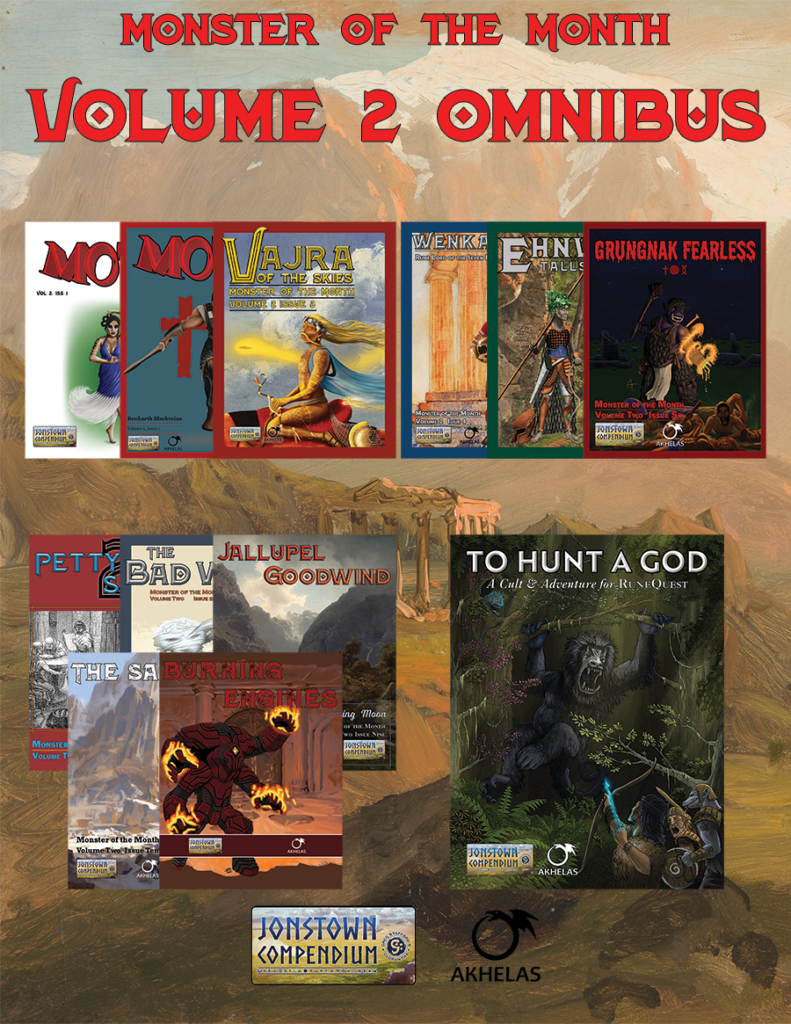
For the aforementioned summer sale on DriveThruRPG, Austin Conrad made this omnibus of the Volume 2 issues of his Monster of the Month series! Note that DriveThruRPG knows what issues are in it, and will further discount the overall price by deducting the prices of what you’ve already purchased. Austin tells us that if you haven’t picked up the last issue, “To Hunt a God”, this is “probably the cheapest you’ll ever see it”!
Return to Big Rubble

Regular show guest Drew Baker got the same idea as Austin, and both his books on the Big Rubble are now collected in a bundle with a discount! Grab it now!
Jeff’s Notes

Jeff Richard, the current mastermind on everything Gloranthan at Chaosium, is often posting notes and thoughts on the RuneQuest Facebook group. Here’s our curated list from the past week. A partial archive of these sources is compiled on the Well of Daliath.
Gloranthan Animal Taxonomies
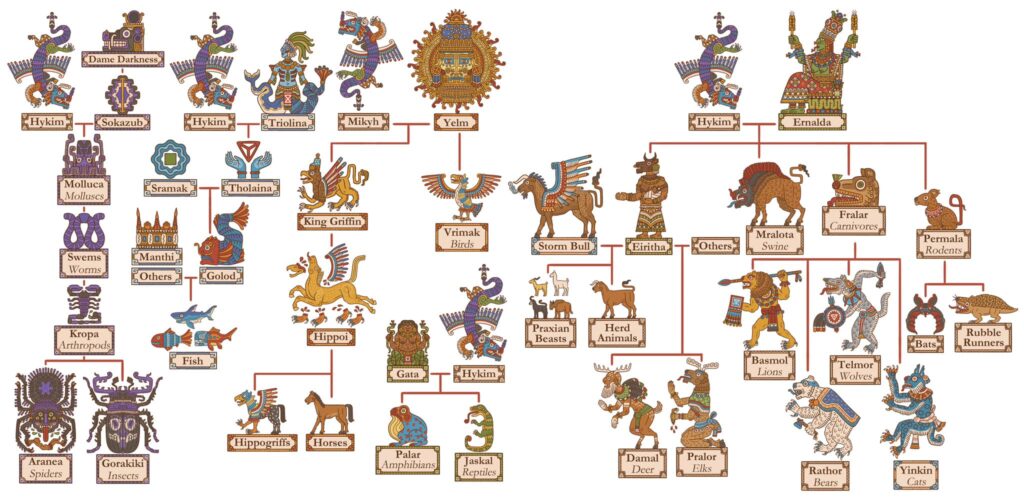
Everybody loves the Gloranthan truth that “actually, horses are birds”. It’s not quite correct, but it’s correct enough to be funny! Jeff already posted notes on animal taxonomies in the past, but here we get another nice preview of the art in the Cults of Glorantha. Find some other funny stuff like “fish are water dragons”!
Arkat and his Dark Empire
Jeff looks once more at Arkat and his legacy:
From about 450 ST to 740 ST area now known as Safelster was part of a political entity that called itself the Autarchy or the Empire of Peace, but was known by outsiders as the Stygian Empire or Arkat’s Dark Empire. Despite the passage of some nine centuries, Safelster is still haunted by the ghosts of Arkat’s empire and the question of Arkat still drives theological and political conflict.
A super quick crash-course in Arkat is that he’s a very determined dude from Brithos who did some seriously advanced heroquesting, unlocked super secret magical powers, transformed into a troll (more or less), and used Darkness Gods to smash Nysalor’s evil Bright Empire which threatened to invade and corrupt the whole world… but in doing so Arkat also almost destroyed the world and transformed Dorastor into the horrible cesspool of Chaos that we know today.
If you’re not sure what to think about this guy, Jeff provides 7 possible views on Arkat, plus this:
The riddle of Arkat defies easy answer. Just when you think you have it answered, it finds a way to turn itself around.
More than anything it was pondering the riddle of Arkat back in the days of Cults of Terror that sold me on Glorantha as being the peak of fantasy literature. As they say, his riddle defies easy answers. It is perhaps best approached as a personal Rorschach test for the reader – as your answer says more about you than it does about Arkat.
Frankly I’m probably in team 1 — learning from Arkat and his crazy power grabbing heroquests, and try and do the same. Maybe that’s what the Red Goddess is doing, and why you have to be an Illuminate to join her cult, because otherwise you just can’t understand this stuff. The Hero Wars are partially about the return of dangerous experimental heroquesting, so I would encourage your players to follow in Arkat’s path and become bad-ass single-minded world-killing machines! Argrath can’t be the only one there, after all, right? Plus, it’s always fun to break your toys.
Arkat and Hrestolism Caste Restrictions
Speaking of Arkat, in this thread on casts restrictions in Malkioni society, Jeff posted this:
Arkat only violated his caste restrictions in the service of Justice and never wavered in his war against Gbaji. He joined the cult of Humakt but remained Hrestoli. He became a troll but remained Hrestoli. Perhaps he even became a Chaos monster and remained Hrestoli.
This may be a key to why the Rokari hate Hrestolism AND Arkatism alike.
Some food for thought when it comes to both Arkatism and the “Rightness” mechanics mentioned in last issue. And if you wanted to ask Arkat for advice, now might be the right time:
Arkat exists in the Hero Plane. You could go to Statham Well and meet him. During the era of the Dark Empire, his most devoted acolytes did just that. But when his empire fell, the God Learners destroyed every path to Statham Well. Try as they might, nobody could contract the Great Hero.
Despite that, Arkat is somehow back in our world. How that is even possible and what that means is a mystery, but he’s back.
Brithini Immortality
Since we were talking about Brithos, let’s talk about their crazy rulers: Brithini are immortal (and arguably pretty inhuman) sorcerers. This is how they do it:
The Brithini have immortality because they haven’t changed since Death appeared.
Why we live forever?
When Zzabur asked his father, “How do we stay immortal?”the Prophet answered simply. He said, “Do not change. Do what you have done. Act within the Laws and Ways you have been given, for they are immortal. Your actions embody the One, your bodies enact the One. Anything new from this moment forward is Death.”
Thus we were never severed from Life, like the rest; from Magic, like the rest; from Divinity, like the rest; from Good, like the rest; from ourselves, like the rest. We are not mortal people, or gods, or good people, or our own people — we simply are. All else is a wane shadow of us.
When we die, the world dies. We are the last holders of the One. When we are gone, all else will go to. When we are gone, everything left is corruption and death.
Of note:
It is not possible for those not already Brithini to become Brithini.
Various Notes on Malkionism
Let’s keep going with Gloranthan sorcerers. First, a general note on the Malkioni. In particular:
Malkionism provides us with a detached and abstract philosophical approach to Glorantha. It is easier for us Westerners than the raw personal experiences found in most rune cults. With Malkionism we can reduce mythology to patterns and processes, or esoteric facts to be discussed or disputed, rather than psychological events to be experienced.
In short, most readers likely approach Glorantha like the Malkioni. Most players and GMs approach it like the Orlanthi or Pelotians or Praxians. Ponder that!
Next, Jeff muses about Malkionism as a “cult”. This is the interesting bit to me:
Magic points are offered to the Invisible God, and the worshipers gain satisfaction knowing that their sacrifice was accepted. Some sects have techniques by which the “priests” can use some of the magic points – by storing them in the Otherworld, using them to cast blessings (sorcery spells), and so on.
As for what magic the rest of the community gets, it doesn’t come from the Invisible God. Some sects (Rokarism and Hrestolism) allow non-priestly members to belong to priestly approved Rune or spirit cults, usually appropriate for their occupation or caste. Other sects (such as the Stygian Heresy) don’t care what non-priestly members do, as long as they regularly show up for worship (and do not worship actively Chaotic entities, such as the Lords of Terror). In general, most sects hold that such magic is inferior to the “priestly” sorcery.
So if your players are visiting some Malkioni-controlled regions, they might encounter various wildly different sects, or even “heresies”, with fairly different societal structures.
But Jeff went down a whole rabbit-hole of Malkionism. For example, there’s this closer look at the Rokari, who are but one of the different Malkioni sects. This one in particular allows the zzaburi (the sorcerers) to be entirely financed and supported by the state, through the worker and noble castes. So they enjoy the existence of entire complexes dedicated to their magical work. I guess they are a mix between a university, a monastery, and a governmental research laboratory?
The greatest of these is Leplain, a vast complex of temples and “universities”, often called the Blue Temple. There might be as many as 3000(!) sorcerers training and studying in the Blue Temple! This is the center of Rokarism, and I suspect most young recruits to the zzaburi caste are sent here to learn and train.
This bit in particular nicely sums up the zzaburi in a Rokari society:
Ideally, the zzaburi would prefer if the rest of the population relied completely on them with regards to magic use, but of course that is not going to happen. There are numerous spirit cults, deified ancestors, revered heroes, abstract entities, and so on.
So when we thinking about Rokarism, it is worth keeping in mind that it was a reaction against the widespread destruction caused by the God Learners. Malkioni philosophers reached back for a primary source – the original teachings of Malkion, cleansed and redacted by Rokar. And so the Rokari look to the Brithini as analogues (but believe the Brithini are in error rejecting the later revelations of Malkion, such as Solace).
Many Rokari prefer an abstract and philosophical concept of the Invisible God, and imagine the Runes as abstract archetypes, like the Major Arcana, personified as gods (e.g., Worlath, Ehilm, Humct, Gata, Seshna Likita, etc.). These gods are not given cult by the Rokari, and the personifications are usually considered wayward.
But beneath this Rokari philosophical abstraction is a churning sea of folk religion. Ancestor worship, spirit cults, old tribal cults, local deities, more abstract deities of phenomena and behaviour, etc.
But we’re not done! The Stygian Heresy was mentioned above, so here’s a note about them!
This is a big tent, with some 700,000 followers. One way of thinking about the Stygian heresy is that it is tantric Malkionism. Transgressive, antinomian, esoteric, with secret initiation rites and interaction with raw elemental forces.
Sounds like a bunch of zzaburi hippies to me. If there can ever be such a thing.
Finally, how about some demographic data on the Malkioni? Of course you want that! These numbers are ballparks but still interesting to world-building fans like me:
When thinking about Malkionism, keep in mind that In Genertela, there are:
– Around 2.5 million Hrestoli (various schools)
– Around 1.5 million Rokari
– Around 750 k followers of the Stygian Heresy
– Around 250 K followers of the Chariot of Lightning
– Around 115k followers of the Carmanian heresies (mainly Idovanus and Malakinus)
– Around 40k Aeolians
– Around 15k followers of Trader Prince Malkionism
Odayla as an Orlanth Subcult
Note quite a note from Jeff, but a worthwhile preview from the upcoming Cults of Glorantha, courtesy of David Scott:
[…] what you do get are the two paths of the Bearwalker (Rune Lord): the Bearwalker path (solitary wilderness only) and the Champion’s Path, where they enter service as the champion of the king or chief. It’s likely the latter that can be a subcult of Orlanth, giving the rune lord full access to their spells from the Orlanth temple (can be a minor temple). The Bearwalker need only a pay a point of POW for this to work (per the rules).
If an adventurer is lucky enough to have a Bearwalker Champion in their clan, this is how they could join the cult and access magics.
You can read more here, here, and here, including how David uses the “fluidity in the cults system” to reconcile mechanics and world-building, where the Bearwalker champions might be, and more.
Converting to Another Cult
For some reason, people are asking for special rules that provide a cheap way to convert a character from one cult to another, such as an Ernalda initiate who gets upset and becomes a Vinga initiate. No idea why, but hey this prompted Jeff to clarify what Rune Points are for (not that there was any doubt but hey, I’m occasionally trying to be a completist about these notes):
Your Rune point pool represents your connection with THAT deity. If you have a big pool, that represents that you are deeply and intimately connected with that deity. If you join another cult – even an associated cult – that Rune pool does not transfer over to the new cult (except in a very few exceptions which are the exceptions that prove the rule). They are different gods with different magical secrets after all.
Normally what people do is worship the other deities associated with their god as associated deities. So an Orlanth initiate also worships Ernalda and has access to Heal Body from her, the other Lightbringers, etc. You can your Orlanth Rune pool for those associated cult activities as well – but that does not give you the full panoply of the associated cult’s magic, just the spell it gives your cult. You want to learn Ernalda’s deeper mysteries – join her cult!
Not that there was any doubt either but here’s how Jeff stats up his NPCs:
[…] most people have 1-3 Rune points. That’s it. So for most people, joining another cult means sacrificing a point of POW and creating a new Rune pool about the same size as your old pool. Maybe you put extra points of POW into that pool because this is such a big deal.
There’s more in that thread (like this) but, again, probably nothing new to most of you.
Pole Star Cults
A thread on BRP Central about Pole Star clarifies a few things about the god that put the “star” on Kallyr Starbrow’s forehead. Jeff says:
Polestar is a very minor cult in Sartar – I am not sure it even has a cult outside of that around Kallyr Starbrow.
And:
[…] all magic drawn from [the Polestar] comes from the same source. Kallyr Starbrow manages to bring that magic down (and it is no doubt part of her hero cult), and there is no doubt a shaman or two that knows how to do that among the Sartarites.
But in the Lunar Heartlands, Polestar has a major cult with some 45,000 initiates. They know more about Polestar and his magic than any Sartarite ever will (Kallyr might still enjoy Polestar’s favor more than even the High Priest, but that is different).
Note that David Scott gives some useful recommendations for your games, including treating Polaris as a cult spirit in Sartar (unless you’re close with Kallyr):
Rigsdal is Polaris worshipped as a spirit cult by the Orlanthi of Dragon Pass, giving a single rune spell, Captain Souls (RBM 23). So a very small following, appearing in the Other category for cults. As a spirit cult can be worshipped by anyone with a 50% rune affinity of Fire or Stasis. So Yelmalio worshippers or Orlanth worshippers with no emphasis on movement for example (Orlanth Thunderous).
You can find Rigsdal’s mythology (including Rigsdal and the Too-Face-Horde) in Heortling Mythology (page 159)
Note that the Hero Wars publications of 20 or so years ago had him overrepresented and overdeveloped.
About Entekos
Entekos is the “primary atmospheric deity in the Lunar Heartlands“. But because the Orlanthi, experts on the Air pantheon, associate Entekos with a deity named Molanni, mother of Daga the god of drought, the Lunar Heartlands end up with a fairly dry weather. Between this and the fact that, as a good little subservient deity of Yelm, Entekos keeps the skies clear, the Pelorian bowl ends up with quite little rain, and relies on irrigation to make use of the otherwise fertile soil.
Jeff uses the Montana grasslands as a possible reference for what the Lunar Heartlands look like:
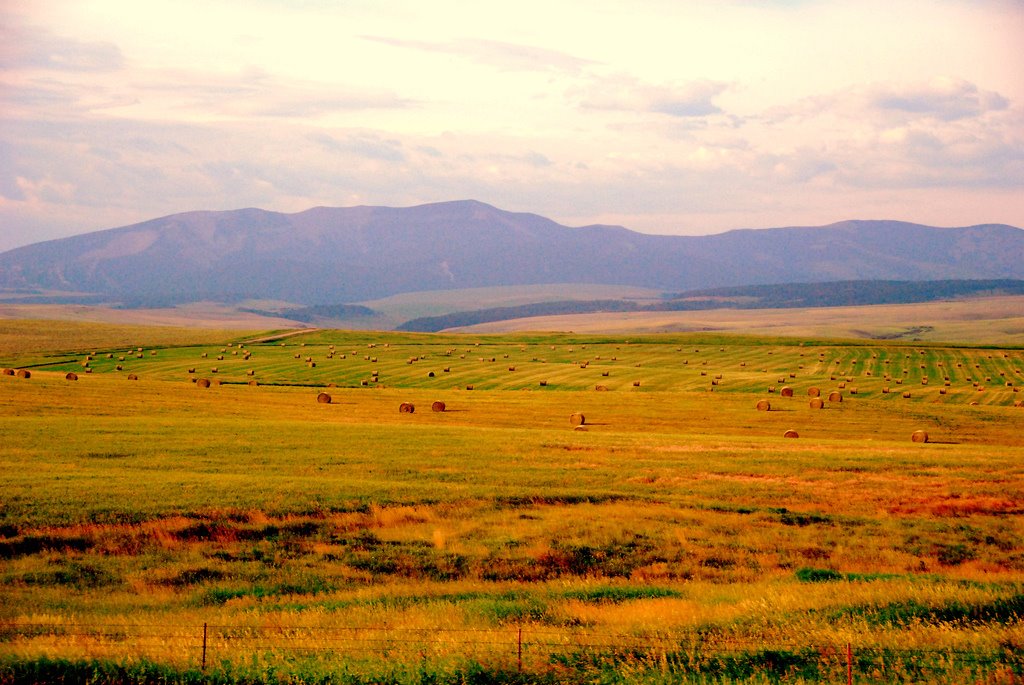
Check the archived post for more information about Entekos.
Miscellaneous Notes
- Dragonewts and other lizard-like people (some of which have unknown origins) have been at times hired as mercenaries by various factions.
Community Roundup
The community roundup is our highlight of interesting things being mentioned in the Glorantha-related Facebook groups, sub-Reddits, and other similar online places.
Exploring Glorantha Goes to Tarsh
JM and Evan continue their tour of Dragon Pass by visiting Tarsh! If you want to learn about Tarshite history, the Tarsh rebels, the Glowline, and so on, this is the episode for you!
RPGImaginings Reviews Life of Moonson
Prolific Chaosium reviewer RPGImaginings looks like “Life of Moonson” (Volume 1 and Volume 2) and now understands the Lunar Empire! Maybe. We’ll know if he suddenly disappears to join the illuminated cult of the Red Goddess.
Earth Goddesses References
David Scott has some good references from the British Museum for your Earth goddesses! More in this thread.
Glorantha & Jonstown Compendium on Confessions of a Wee Tim’rous Bushi
Rob welcomes Jonstown Compendium embassador and all around enthusiastic Gloranthan proselytizer Nick Brooke on his podcast, “Confessions of a Wee Tim’rous Bushi“. You can listen to the episode here or, of course, in your favourite podcast app.
Update on To Hunt a God
Austin Conrad posted an update about the upcoming second part of “To Hunt a God“, and why it’s taking more time than expected. Short version:
[…] if Life permits we’ll have motion coming soon on To Hunt a God. I’m working on edits and art direction, and I hope to move to be laying out new text soon (even if just in a quick-and-dirty version, so I can get you the long-promised content).
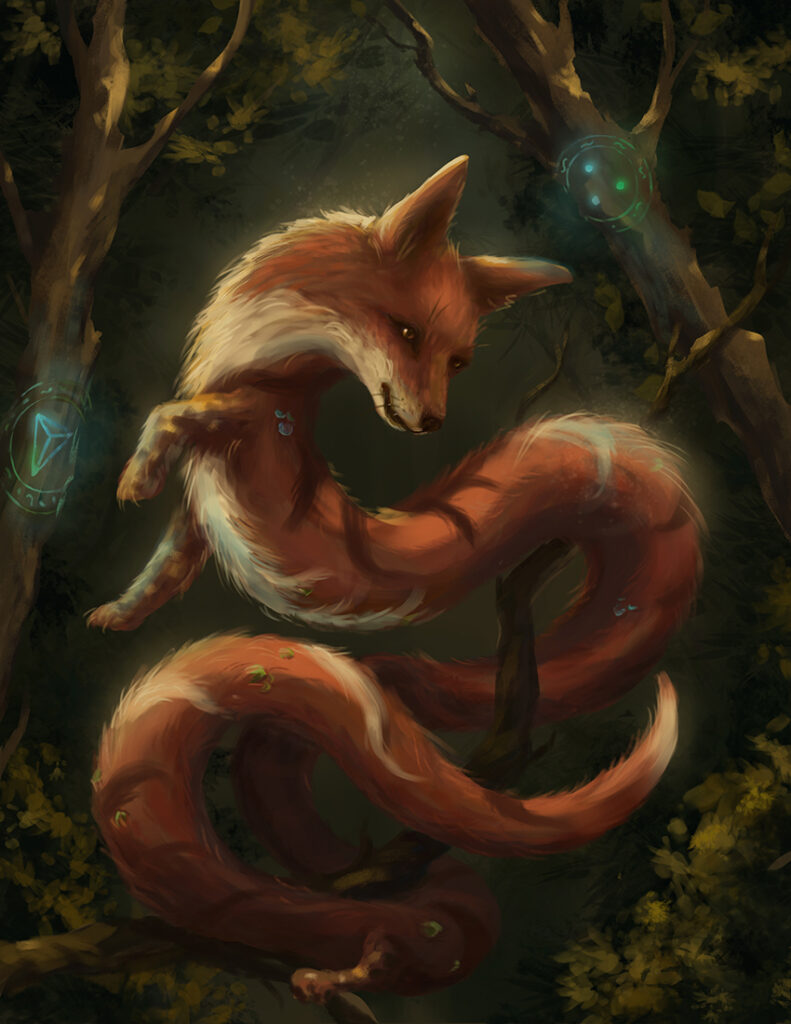
Plus: a picture of a wonderful little fox spirit thingie!
Andrew Logan Montgomery on Old-School RuneQuest
Is RuneQuest an “old-school RPG”? To me that’s a definite “yes” (with all the problems I have with it). But if you’re looking for a slightly longer argument on the topic, you can turn to Andrew Logan Montgomery’s blog!
Plus: an RQ OSR hack sidebar!
Elsewhere on Arachne Solara’s Web
Not everything is about Glorantha, although most things are! Here are loosely relevant things that we found on the interwebs.
The Well of Hell
The Hellcrack in pent is an 80km long and 30km wide crack into the plains of Pent that leads directly into the Underworld. The Earth took many wounds during the Gods War and this is the biggest that didn’t heal. But there are probably other, smaller wounds still open!
A good reference for those might be the “Well of Hell” in modern day Yemen. It’s only 30 meters across but it looks pretty rad! And guess what… the bottom of it was only explored in 2021! Last year! Unbelievable.
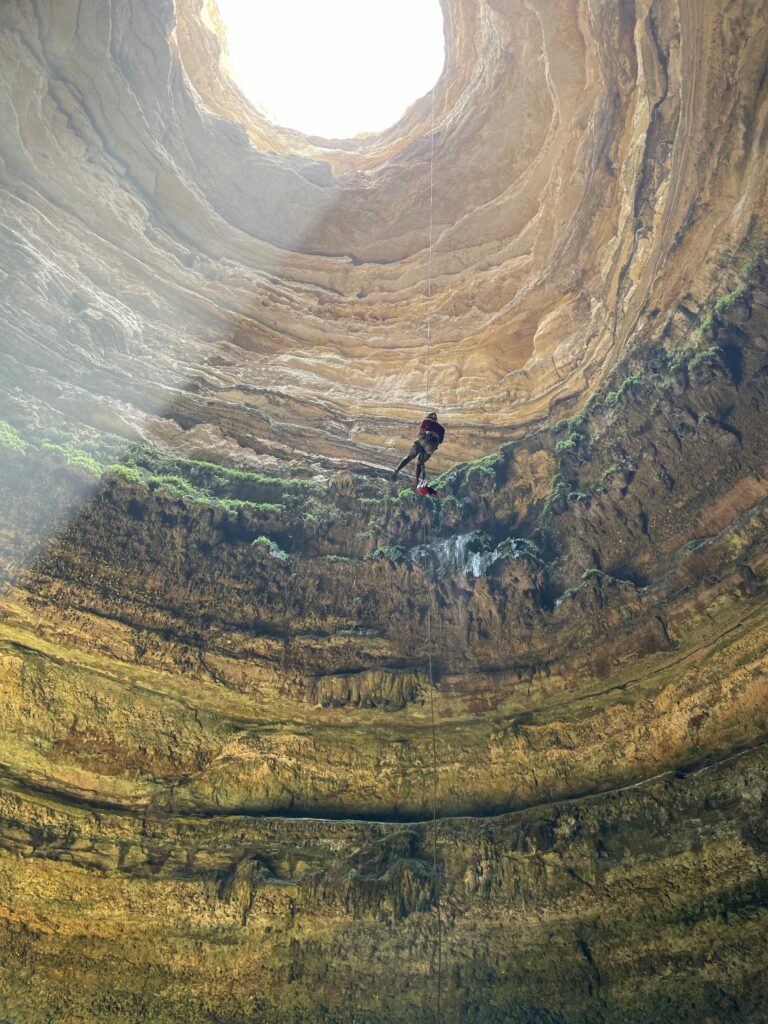
I’ll let you read more about it (including its various creation myths) over at the ever-excellent Atlas Obscura blog. There are even pictures of what the exploration team found at the bottom, and how it links to the many rumours around the hole, including foul odors and contaminated water… I’m sure you get at least a couple adventure ideas for your group!
Five Things About Vikings We Get Wrong
This article from Cracked is written by Jess Nevins, so that’s been a badge of quality research in my book even since he did the annotations to The League of Extraordinary Gentlemen (the brilliant book, not the forgettable, at best, movie).
Anyway, if you want to learn about the job description of Vikings, their diversity, the way their perceived gender, their sexuality, and their violence, head out here!
Aztec Feathered Shields
A Chimalli is a mesoamerican shield made of animal skin, plants, a bit of metal, and lots of feathers. Below are some Aztec warriors with those shields (from the Codex Mendoza), and the shield of King Ahuitzotl, who lived in the 15th century CE.
I’m sure that you can put some cool feathered shields anywhere in Glorantha, but given that most birds are associated with the Solar Pantheon, maybe they’re best found in classically Dara Happan regions? Or Pent?
Thank you for reading
That’s it for this week! Please contact us with any feedback, question, or news item we’ve missed!



